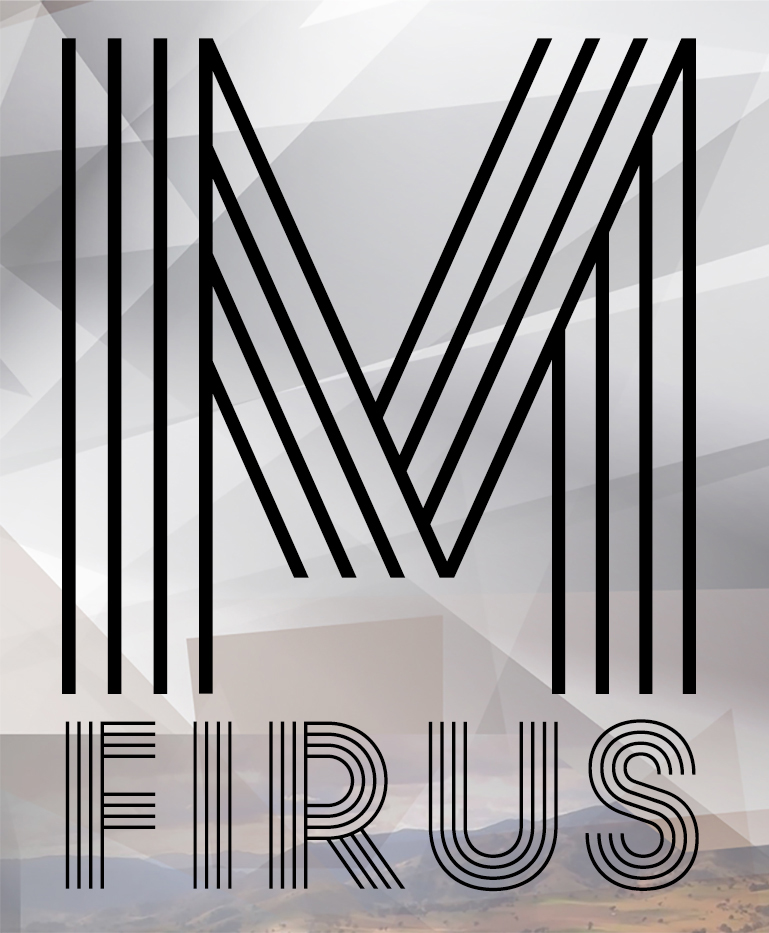
On Comics and Cinema – Scott McCloud’s ‘Blood in the Gutter’
The idea of closure as described in Scott McClouds comic ‘Blood in the Gutter’ is an interesting one and was discussed at length in our workshop. McCloud defines ‘closure’ as “(the) phenomenon of observing the parts but perceiving the whole”. He gives the example of the gutter (the empty space) between comic panels as being a place where the mind strings together the narrative, imagining what the artist has neglected to show from one drawing to the next. Thus, a great part of the story it seems is imagined by the reader.
As I read his comic on the matter, I began to wonder how this applied to the medium I am most concerned with: the moving image. It seemed on first consideration that the idea of closure as applicable to comic books cannot be applied to film/video in a literal sense, because the latter medium has no physical (visible) ‘gutter’; no space between each shot where the audience possesses the same creative responsibility as that of the comic book reader. However, even though there is no visible gap between the cuttings of a film, there are temporal and spatial transitions that the audience must traverse.
Take, for example, this progression of shots in Stanley Kubrick’s film: 2001: A Space Odyssey
In a single cut, Kubrick creates an imperceptible gutter that causes the audience to travel thousands of years and kilometers. Everything that is assumed to have happened between each shot is left up to the audience’s imagination in much the same way as in a comic book.
Within this interpretation, the most prominent difference between a cinematic gutter and a comic book gutter is that with comics, the reader must actively negotiate the page; moving their eyes and attention to each new panel on their own volition. In film however, the gutter is negotiated for the viewer at a rapid pace. It is for this reason that the entity of ‘the gutter’ and closure is much more pertinent to the comic strip medium (in respect to this interpretation). In a comic strip, there is time for a more in-depth filling in of the gaps than in cinema. It is for this reason that Kubrick’s cut enjoys a far less deliberate creative engagement (at least among the laity) than that of the comic book gutter. When the average Joe sees Kubrick’s cut, they may acknowledge that it has traversed time, but the majority of viewers will not imagine every detail of humanity’s technological and evolutionary advancement. They simply will not have time, as the film whisks them off to the next of Kubrick’s brilliantly composed sequences. The comic strip medium, however, invites the reader to pause, elaborate and skip forwards and backward at will. Thus, the reader has a more significant and conscious opportunity to be creative and take advantage of the ‘gutter’.
In the light of these issues, another possible interpretation of a ‘cinematic gutter’ is needed. This could be when an editor may choose to cut away from action, only to return to the action again directly afterward. This gives the audience creative freedom to imagine what went on in the brief cut-away. A more stylized technique would be to shoot only the shadow or silhouette that the actor’s performance creates. Another popular technique in this vein is only to present the auditory information to the audience. These ‘cinematic gutters’ provide a greater degree of detail than a comic book gutter, but they still employ the same principles of closure; the mental ‘filling of the gaps’ that inevitably takes place whenever the human imagination sees a break in the information stream.
McCloud’s categorization of comic panel transitions is also applicable to cinema, as it can directly equate to the process of editing and its use in creating meaning.
The Categories:
1. Moment to moment
2. Action to action
3. Subject to subject
4. Scene to scene
5. Aspect to aspect
6. Non- sequitur
These categories are commonly used in editing to create a narrative progression that makes sense to the viewer. The sixth category (non-sequitur) has great potential for creating depth of meaning in a cinematic context. Below is a clip I made which illustrates how seemingly non-sequitur transitions can support the creation of meaning.
Soviet film theorists such as Sergei Eisenstein and Lev Kuleshov explored how intercutting any shot with another would create a whole new meaning through the synthesis of the two. The Kuleshov Effect is an example of this and (in comic book terms) is both ‘subject to subject’ and ‘non-sequitur’ transitioning.
The repeated shot of the man is the same throughout, yet he appears to possess different emotion depending on the shot that precedes it (after the soup; hunger, after the coffin; sadness, etc.). This draws parallels with McCloud’s fourth and sixth category of comic panel transition and shows again how the two create meaning.
Cover photos acquired royalty free from Graphicstock.com. Manipulation by Michael Firus.
